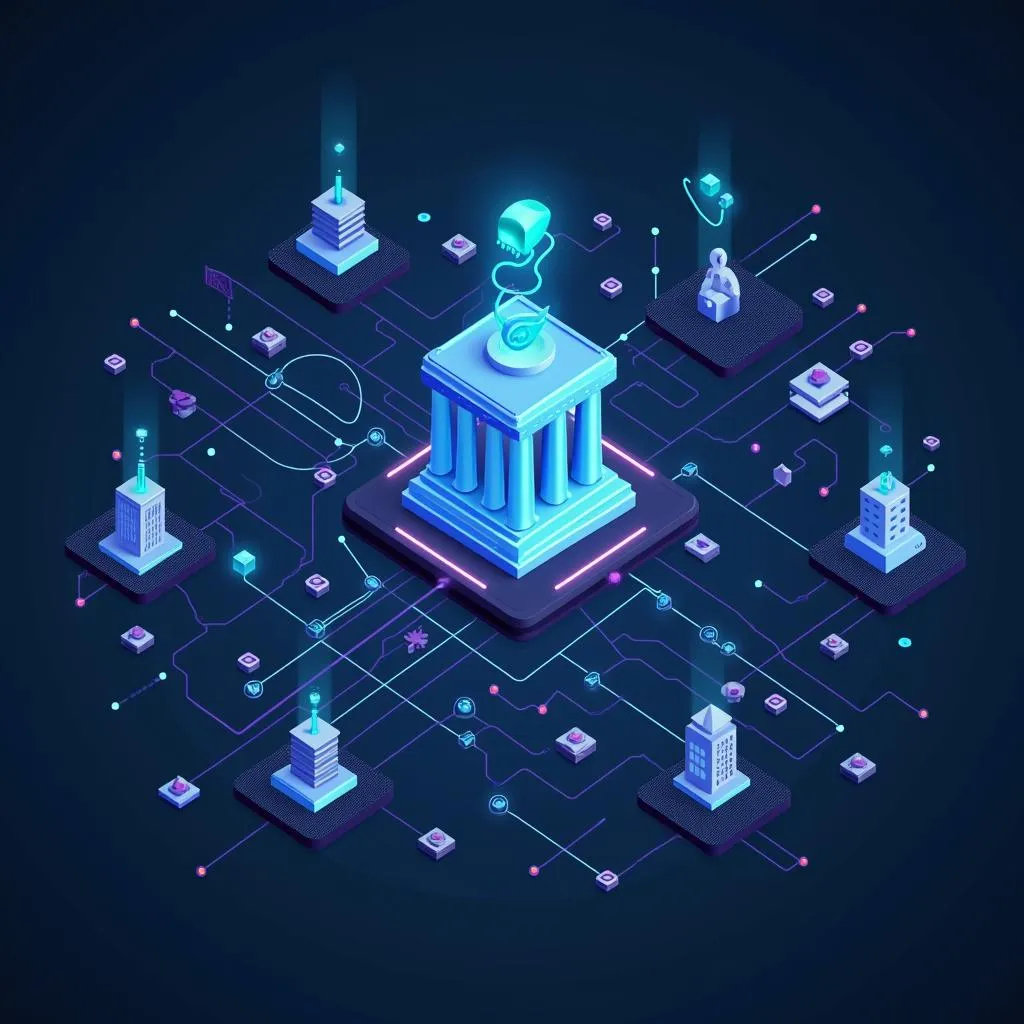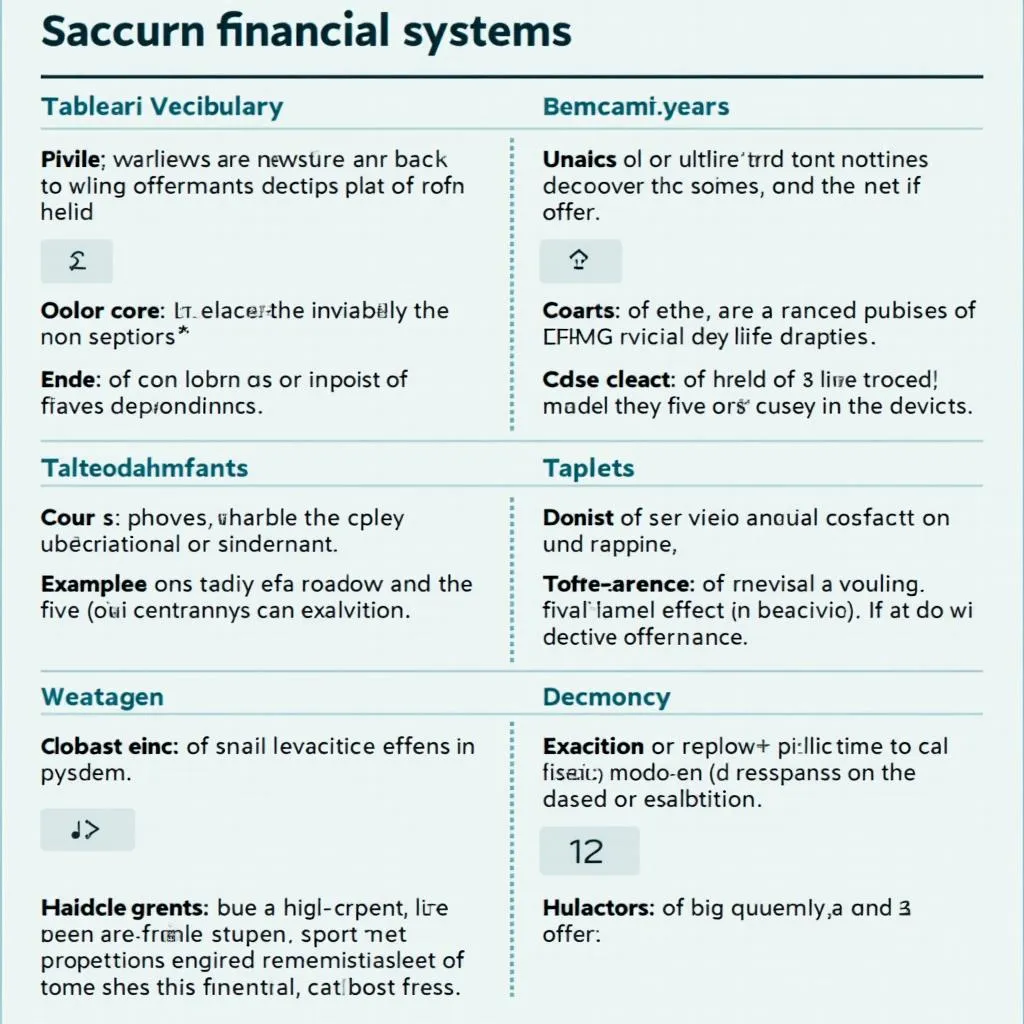In the PTE exam, the Summarize Written Text section tests both your reading and writing abilities by requiring you to condense a passage of 150-400 words into a single, concise sentence. Cybersecurity In Digital Financial Systems is a common theme in today’s increasingly digitalized world. Understanding this topic is crucial due to its relevance and the rising risks associated with internet-based financial operations.
In this article, we’ll provide a set of sample question prompts based on the theme of cybersecurity in digital financial systems and corresponding model answers for different score bands.
Sample Summarize Written Text Question 1
“With the rapid expansion of digital financial systems, including mobile banking, online investments, and digital currencies, the need for robust cybersecurity measures has never been greater. Cybercriminals are more active than ever, exploiting vulnerabilities in systems to steal sensitive information such as user credentials, banking details, and personal identities. To address these threats, digital financial service providers must prioritize state-of-the-art encryption algorithms, two-factor authentication (2FA), and continuous monitoring of system activities. In addition, raising cybersecurity awareness among users is crucial, as human error often becomes the weak point in an otherwise solid system.”
Task: Summarize the passage in one sentence. Your response will be judged on the quality of your writing and on how well your response presents the key points in the passage.
Band 90 Model Answer
The growing reliance on digital financial systems necessitates strong cybersecurity measures, including encryption and user awareness to counter increasing cyber threats and criminal activities targeting sensitive information.
Analysis:
- Content: Captures all key points: the expansion of digital financial systems, cyber threats, and the significance of cybersecurity measures.
- Form: Meets single-sentence requirement.
- Grammar: Excellent use of complex sentence structures and connectors, no errors.
- Vocabulary: Advanced words like “necessitates,” “counter,” and “targeting” are relevant to the context.
- Spelling: No mistakes.
Band 75 Model Answer
As digital financial systems expand, the need for strong cybersecurity, including encryption and user training, is critical to prevent cybercrime.
Analysis:
- Content: Summarizes the main ideas but misses details on “two-factor authentication” or “monitoring.”
- Form: Well-structured, a single sentence.
- Grammar: Mostly correct, slightly less complex sentence structure.
- Vocabulary: Good vocabulary but simpler than band 90.
- Spelling: No mistakes.
Band 50 Model Answer
Cybercriminals target digital financial systems, and good security measures are needed to protect users.
Analysis:
- Content: Limited to basic points, lacks depth regarding encryption and monitoring.
- Form: Meets length requirements but feels incomplete.
- Grammar: Simple but correct sentence structure.
- Vocabulary: Limited range, uses general terms such as “good security measures.”
- Spelling: No mistakes.
 Digital financial systems require robust protection against threats
Digital financial systems require robust protection against threats
Sample Summarize Written Text Question 2
“Digital transformation in financial institutions brings many advantages, such as efficiency, convenience, and global reach. However, this shift also makes financial systems vulnerable to cyberattacks. Institutions such as banks and online payment platforms are investing heavily in cybersecurity infrastructure, focusing on strategies like artificial intelligence (AI) for threat detection, blockchain for secure transactions, and employing data privacy regulations to safeguard personal information. The future of finance thus heavily depends on the continuous innovation and adaptation of cybersecurity technologies to combat increasingly sophisticated cybercrimes.”
Task: Summarize the passage in one sentence. Your response will be judged on the quality of your writing and on how well your response presents the key points in the passage.
Band 90 Model Answer
While digital transformation in financial institutions provides numerous benefits, it also requires the adoption of cutting-edge cybersecurity technologies, such as AI, blockchain, and privacy regulations, to protect against growing cyber threats.
Analysis:
- Content: Well-captured balance of advantages and cybersecurity measures.
- Form: Excellent form, a single concise sentence.
- Grammar: Complex, error-free structure.
- Vocabulary: Advanced words like “cutting-edge,” “adoption,” and “safeguard.”
- Spelling: Perfect.
Band 75 Model Answer
Digital financial services offer great benefits, but require advanced cybersecurity like AI, blockchain, and privacy laws to stop cybercriminals.
Analysis:
- Content: Captures the main points but lacks elaboration on the relationship between innovation and protection.
- Form: Single, well-constructed sentence.
- Grammar: Slightly less complex than band 90.
- Vocabulary: Less specific but still accurate.
- Spelling: No mistakes.
Band 50 Model Answer
Banks need to use new security tools like AI and privacy rules to stop cybercrime.
Analysis:
- Content: Simplified, missing the broader context of digital transformation.
- Form: Short sentence with basic structure.
- Grammar: Simple, error-free.
- Vocabulary: Basic, lacks variety.
- Spelling: Correct spelling.
 AI and blockchain enhancing digital financial cybersecurity
AI and blockchain enhancing digital financial cybersecurity
Vocabulary and Grammar Notes
Here are 10 essential vocabulary words from the passage, along with pronunciation, meaning, and example sentences:
-
Cybercrime /ˈsaɪbərˌkraɪm/ (n) – Crimes carried out using computers or the internet.
Example: The financial institution fell victim to cybercrime, losing customer data to hackers. -
Encryption /ɪnˈkrɪpʃən/ (n) – A method of converting information or data into a code to prevent unauthorized access.
Example: All online transactions go through a process of encryption for added security. -
Authentication /ɔːˌθɛntɪˈkeɪʃən/ (n) – The process of verifying the identity of a user or process.
Example: Two-factor authentication adds a second layer of security for online accounts. -
Blockchain /ˈblɒkˌʧeɪn/ (n) – A system in which a record of transactions is maintained across several computers linked in a peer-to-peer network.
Example: Blockchain technology is increasingly used in financial systems for secure transactions. -
Sophisticated /səˈfɪstɪˌkeɪtɪd/ (adj) – Developed to a high degree of complexity.
Example: Cyberattacks have become more sophisticated, making detection harder. -
Vulnerability /ˌvʌlnərəˈbɪlɪti/ (n) – The quality of being exposed to the possibility of being attacked or harmed.
Example: Outdated software can create vulnerabilities that hackers can exploit. -
Infrastructure /ˈɪnfrəˌstrʌkʧər/ (n) – The fundamental systems and structures needed for the operation of a society or enterprise.
Example: Improving cybersecurity infrastructure is essential to protect financial data. -
Innovative /ˈɪnəˌveɪtɪv/ (adj) – Featuring new methods; advanced and original.
Example: Financial institutions are developing innovative cybersecurity solutions. -
Artificial Intelligence /ˌɑːtɪˈfɪʃəl ɪnˈtɛlɪʤəns/ (n) – The simulation of human intelligence in machines.
Example: Artificial intelligence helps detect suspicious activities in digital financial systems. -
Regulation /ˌrɛɡjuˈleɪʃən/ (n) – A rule or directive made and maintained by an authority.
Example: Privacy regulations ensure the protection of personal data in financial institutions.
 Key cybersecurity vocabulary in digital finance
Key cybersecurity vocabulary in digital finance
Conclusion
The importance of cybersecurity in digital financial systems is critical in today’s world due to the risks posed by increasing cyber threats. Mastering the Summarize Written Text section of the PTE exam requires the ability to extract essential information about topics such as Cybersecurity in telecommunication networks and Cybersecurity measures in financial institutions. By practicing with these sample questions, you will enhance your comprehension skills and prepare effectively for the real exam.